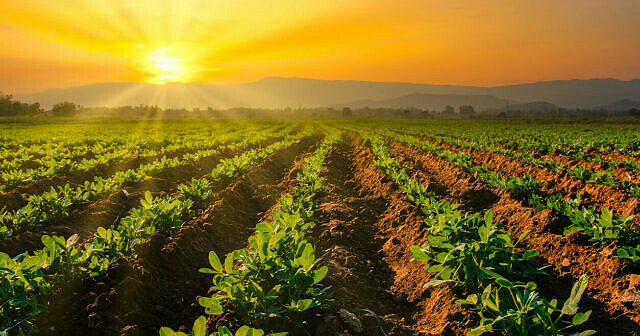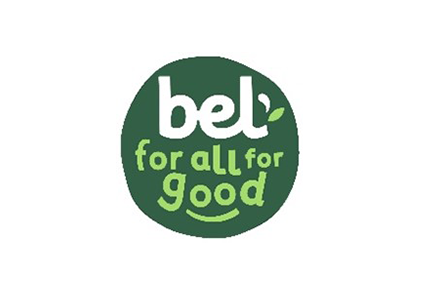The ERBS commissions independent literature review
28th March 2022
The ERBS deepens its understanding of the opportunities for reducing the environmental impact of beef production

Climate change is the major challenge for humanity in the 21st century and to overcome it, reduction of greenhouse gas (GHG) emissions is essential. Livestock plays a role by emitting GHG either directly, from enteric fermentation and manure management or indirectly, from feed production and conversion of forest into pasture.
As part of our commitment to drive measurable and credible progress on beef sustainability in Europe, the ERBS is addressing this issue head-on through our outcome target of reducing GHG emissions by 15% by 2025. Platforms in France, Germany, Ireland, Italy, Poland and United Kingdom are actively working with farmers on a range of activities to reduce GHG emissions. Together, these six Platforms connect to over 200,000 European farmers in a joint effort to drive positive change on the ground.
We know that driving emissions down at a landscape level, with a truly regenerative approach, is complex. Therefore, to help us understand the environmental impact of different beef production systems and to identify the opportunities for improvement, the ERBS commissioned an extensive literature review with Wageningen University.
“We saw the opportunity to share practical experience among companies and platforms who are working to reduce the footprint of cattle in beef and dairy farming systems. By working with Wageningen we have been very fortunate to integrate their scientific knowledge and experience together with the lessons learnt by those that so helpfully completed the questions in our survey. The result is a snapshot view of what is being most effectively used now and we will build from that as the platforms share their experience of emerging mitigations and ways to measure our progress more effectively.”
Nigel Edwards, Co-Chair of the ERBS
To ensure credibility, studies were chosen that applied life cycle assessment (LCA) methodology and Intergovernmental Panel on Climate Change (IPCC) emission guidelines to estimate GHG emissions. The report showed a high variation in the reported GHG emissions of beef production. Different factors such as origin of calves, organic or non-organic systems, intensive or extensive systems, diet composition, animal species, local or regional socioeconomic and market context as well as different methodological choices play a role in the variation of reported carbon footprint.
To compare different beef production systems in Europe, origin of calves, diet composition, and production method were used. A key finding of the report is the high potential for GHG emission mitigation. Productivity of grassland, feed conversion efficiency, carbon sequestration and manure management are all examples of GHG emission mitigation, but the key is to assess the potential impacts in a connected way, rather than in isolation.
The report, published on the SAI Platform website here and is being proactively shared with external stakeholders and other organisations to promote transparency, encourage collaboration and accelerate the transition to more sustainable beef production.
If you are interested in helping the ERBS achieve their vision of a world in which all aspects of the beef value chain are environmentally sound, socially responsible, and economically viable, please contact ERBS Director, Rozanne Davis.


